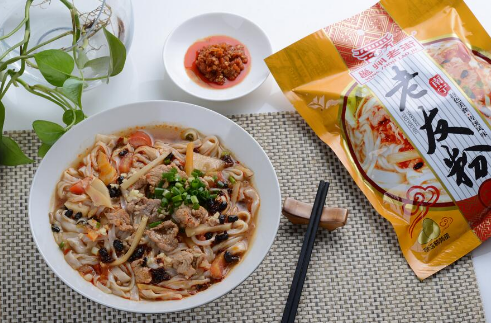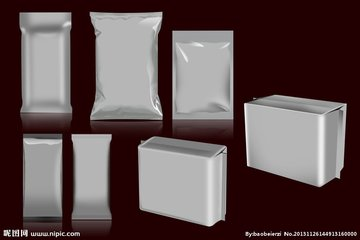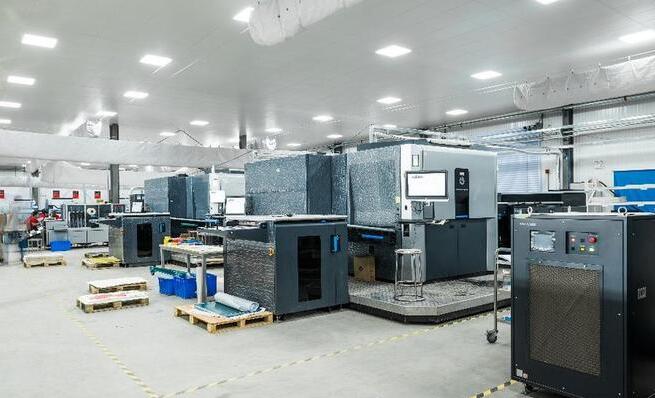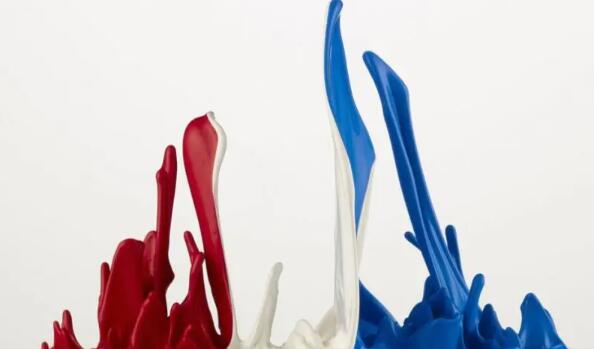Mintel's 2018 Global Packaging Trends Report identifies the challenges and opportunities that will impact manufacturers, brands and retailers in the global packaging market in the future.

Five trends cover broader topics such as preservation, automation, beauty, sustainability and trust, providing a panoramic view of the global packaging industry in 2018.
1. The planet is packed with packaging
Today's throwaway culture will evolve into an understanding and acceptance of packaging as a major means of reducing global food and product waste
In 2018:
For a long time, consumers believed that packaging was often unnecessary and ended up being wasted by consumers. But that misconception is now changing. Innovations in packaging are committed to extending the freshness of food, protecting food ingredients, and ensuring safe delivery, which are more beneficial to consumers around the world. Brands need to take action now to use packaging as a communication channel to educate consumers about the benefits it offers, from extending the shelf life of food to delivering efficient and safe basic products to all regions of the world.
Brands need to take immediate action to educate consumers about the benefits of packaging, using the communication tools on packaging. From extending the shelf life of packaged foods to providing efficient, safe supplies for both developed and underdeveloped parts of the world.

2. Redefine packaging
As more consumers embrace online shopping, packaging will play a key role in the e-commerce experience between brands and consumers.
In 2018:
Online shopping is becoming more and more popular around the world and is widely available in all markets around the world. Although the main advantage of online shopping is convenience, consumers still expect more from their favorite brands. When designed packaging needs to be browsed online, or shipping packaging needs to be opened at home, the experience of e-commerce packaging must reflect consumer expectations when shopping in stores.
3. Clean label 2.0
Brands will refuse to provide too much or too little information about packaging designs that guide consumers' purchasing decisions, as this may leave shoppers more confused than informed about what is involved.
In 2018:
Although consumers know more information than before, they can also be resistant to brands when they are overwhelmed by information overload. Every package must resonate emotionally with consumers at the time of sale. The design principle of "essentialism" Bridges the ambivalence that consumers inevitably feel when making enlightened and confident purchasing decisions. Brands must bring a new generation of clean labels to package design to provide consumers with a moment of calm, clarity in an increasingly busy retail environment. Brands must incorporate the next generation of clean labels into the design of packaging to provide clear information to consumers in an increasingly complex retail environment.
4. Ocean change
Plastic packaging floating in the world's oceans will act as a catalyst for brands to rethink product packaging in a context that consumers can understand and implement.
In 2018:
Recycling waste from the sea into packaging materials reflects the importance of sustainability, but this practice does not solve the fundamental problem. By reducing the chance of packaging waste entering the ocean in the first place, the adverse impact of plastic packaging waste on the Marine environment can be greatly reduced. The use of environmentally friendly packaging helps to promote the circular economy, packaging materials can effectively from the hands of consumers, back to the hands of producers, while reducing plastic waste in the ocean. In order to keep plastics out of the ocean, brands need to rededicate new efforts to the circular economy, so that valuable packaging materials can be reused all the time to ensure that more environmentally friendly packaging materials are put into use.
5. Regain sail
The brand will focus on modern packaging to re-engage younger consumers and focus them on less frequented parts of the mall.
In 2018:
Because young consumers will avoid certain areas in the store, brands need to put more effort in packaging to meet the specific requirements and ideas of young consumers. And when consumers shop, the brand should communicate to consumers, let them know the brand's efforts. Packaging features such as transparent materials can give consumers a sense of openness and trust, while meeting millennials' interest in fresh, healthy food. Modern advanced design, recyclability or unique shape can attract young consumers.






